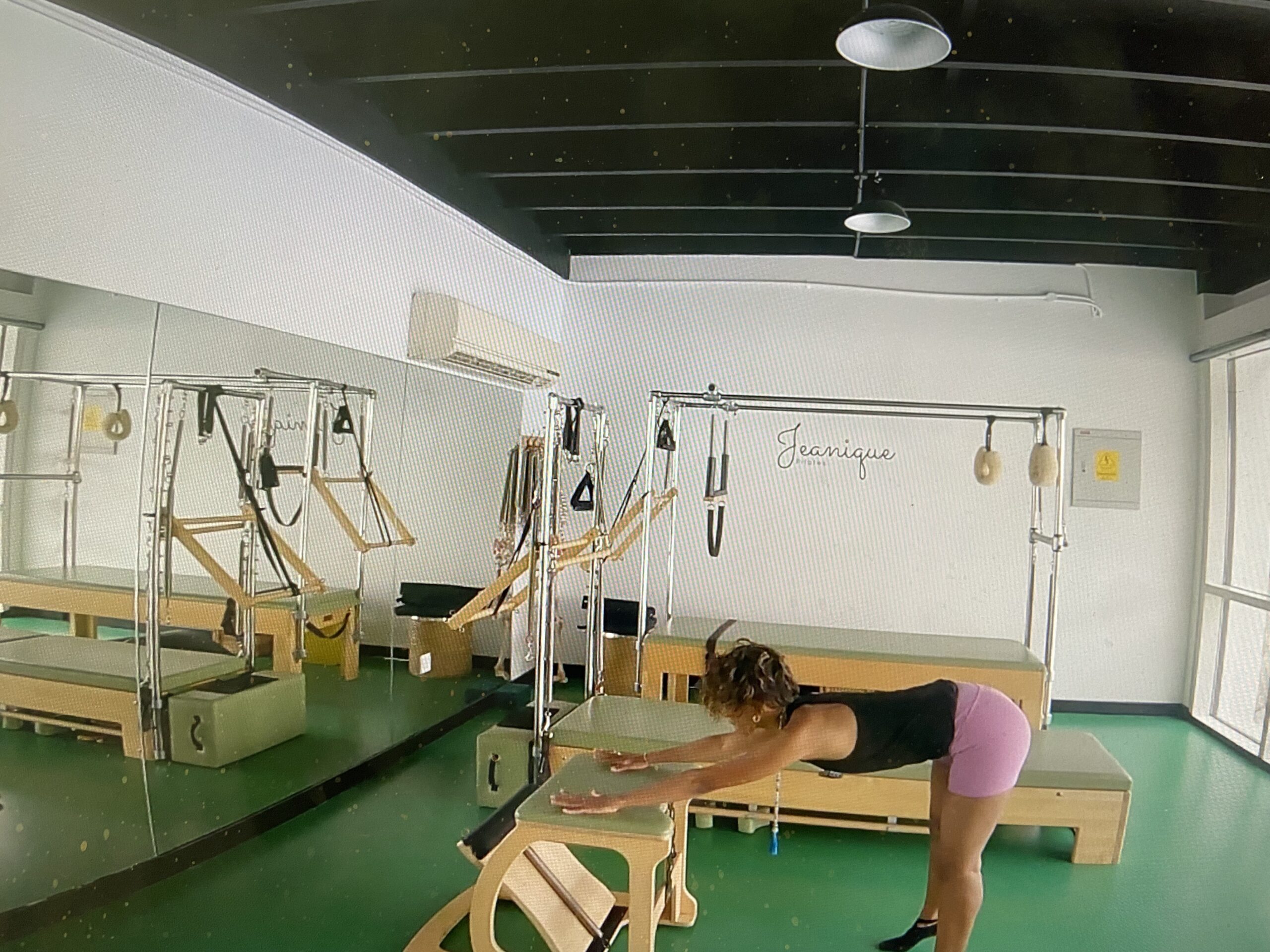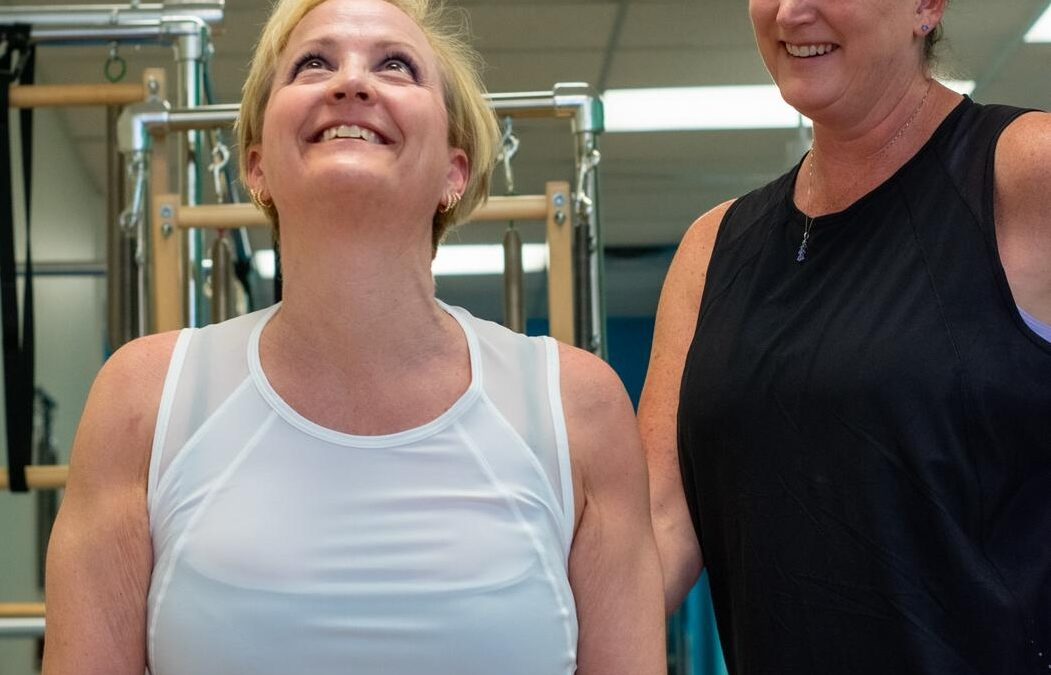Easy Standing Psoas release exercises
3 reasons why it's important to stretch this primal muscleHey, there, welcome. I am so excited that you stopped by. I love The Classical Pilates Method and want to share everything I have learned so far and inspire your practice. Every week I share an article and a free video. Sign up and receive free Level 2 Mat Pilates Sequence
Imagine how often we’ve been worried and scared because of the uncertainty about our jobs, health, and loved ones in the last two years. Whether or not you’re aware of this worry, the autonomic nervous system unconsciously reacts to how you feel. It regulates your body and triggers your coping mechanism, also known as fight or flight. And the muscles that are directly affected by it are the Illio-Psoas muscles.
The Ilio-psoas muscle, when active, supple, and strong, provide tremendous power in movement, which is why we pay so much attention to it in Pilates. It is the primal muscle of the human body. Here are 3 reasons why this muscle demands our attention:
If your exercise routine doesn’t include movement of your spine, pelvic, or breathing, sadly, your core will stay weak, and you will always feel that you lack power despite working hard. @jeaniquepilates
1. It helps us hold our spine upright, which is why I call it Lord of the Core.
You’re doing Pilates for this exact reason, to encourage the much-needed upright posture which fights the slouchy nature of the modern lifestyle. Upright posture and breathing must cooperate to be effective, so it is imperative that you strengthen all the parts of the breathing mechanism that Psoas affects, such as the diaphragm, spine, and pelvis.
This combined movement brings harmony to the body and mental health.
If you love Pilates, you’re lucky because we do them all – inhale, curl your pelvis, and articulate your spine. That’s the secret to a strong core muscle, reduced lower back pain and stress. If your exercise routine doesn’t include movement of your spine, pelvic, or breathing, sadly, your core will stay weak, and you will always feel that you lack power despite working hard.
2. It is affected by fear, worry, and stress.
As we’ve observed above, the autonomic nervous system doesn’t decide if you will consider your feelings, fear, or stress as something to pay attention to. It’s our flight or flight coping mechanism; when triggered, the chain reaction does two things:
(a) remove energy from the other organs to fire the adrenaline gland to help us “fight” or
(b) freeze, hold the breath, chain reaction result – spine and pelvis stiffness to protect the body; sometimes we’re not even aware that we’re doing that. It’s because we carry our ancestors’ primal fear from millions of years from their hunting days. Hiding and ready to fight when needed. We may have evolved past this, but The Primal muscle will always carry this coping mechanism to keep us safe for years.
But don’t worry, I am here to help. I am a girl who likes solutions, not just complaining, so what I have created for you is a simple standing and laying down stretching routine that you can do anywhere, and I mean anywhere, to release your Psoas tensions. All you need is willingness and effort.
3. It is indirectly affected by various physical trauma.
Accidents, injuries, falls, surgeries, C-sections, and life-threatening events can make us feel a loss of power.
Because of its attachment to the spine and pelvis, The Psoas muscles sense the subtle change in our nervous system, whether, through massive falls, accidents that trigger our fear, or any foreign object or substance that goes inside our body disrupts its harmony. I certainly experienced this. This year after my surgery for weeks, I couldn’t feel the usual connection I was used to in my spine and pelvis. It was a bit annoying because my back hurt. But through appropriate rest, conscious release through mild stretching of The Psoas, and reconnecting and strengthening my pelvis and spine, I am slowly starting to feel that my back muscles are strong again.
Power comes from utilizing all your muscles, which includes your primal Ilio- Psoas muscle, a.k.a. Lord of the Core, so let’s release all those unnecessary tensions in our Psoas and bring the power back!
Who’s with me? 🙂
Xo
Jeanique
"Empower yourself and become the person you're meant to be"!
Weekly video tips and tricks for your Pilates practice.
Doing Pilates is like playing Jigsaw puzzles. Each class gets you a little closer to the final big picture. But sometimes, it can get a little complex. That’s why I am here to help you see the last picture. Are you in?
Deepen your core from the feet up
Open leg rocker, jackknife, corkscrew and all exercises you will ever do on your back while raising your legs above your head come from the rolling like a ball exercise. Curling your spine and contracting your abdominals strengthens your core muscles and bones....
3 key tips Every Aspiring Pilates Teacher Trainee should Know
1. Facing the Challenges: 📚 Preparing for our Pilates Center Teacher Training? Start by watching our professionally filmed classes 🎥. These videos reveal the exact choreography and transitions you’ll master in the program. It's the perfect way to get familiar with the...
✨ 13 Best Pilates Tips for 2025 ✨
✨ 13 Best Pilates Tips and Articles ✨to inspire your practice We’ve created 13 inspiring reads to guide you on your Pilates journey—whether you’re just starting out, refining your practice, or dreaming of becoming a teacher. From building strength and resilience to...









0 Comments